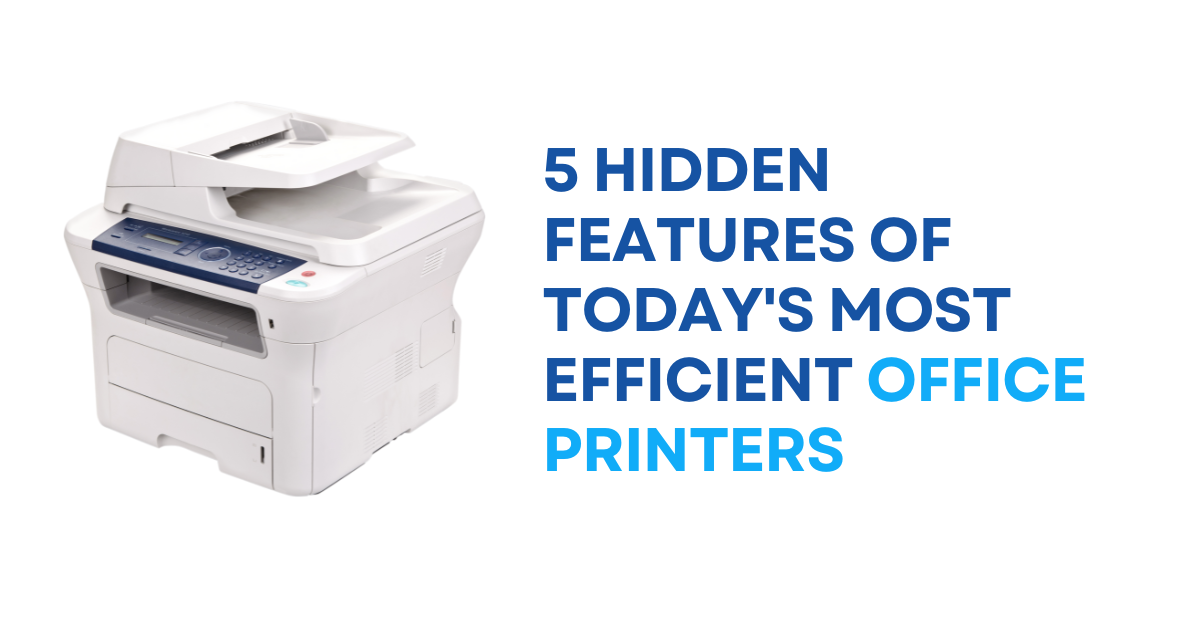When users visit your website, the first thing they notice is its pagespeed. Therefore, as a website owner, you need to ensure a fast-loading website for your users' satisfaction. Here, we will see the impact of pagespeed on your user experience.
Why is pagespeed important for your user experience?
Pagespeed calculates how quickly your web page's content is displayed on your user browser. A fast-loading website leads to higher user satisfaction. Therefore, your users will be more involved with your website’s content, indicating a lower bounce rate and higher average on-page time.
The conversion rate calculates the percentage of how many visitors convert into potential leads. That means they complete any desired action such as downloading an e-book, making an online purchase from an e-commerce store, and others.
Thus, if your user stays on your webpage for a longer time, it’s possible to increase the conversion rate.
Which factors affect your website’s pagespeed?
When you audit your pagespeed performance, the result depends on some performance metrics. Largest Contentful Paint (LCP), Cumulative Layout shift (CLS), and First Input Delay (FID) (now replaced by Interaction to Next Paint (INP)) are the three main pillars of your Core web Vital.
Let's understand them in detail.
Largest Contentful Paint (LCP)
The largest content on a web page can be considered a hero image or any large text block. By using the largest Contentful Paint, you can measure the rendering time of these largest contentful elements on your user browser.
Cumulative Layout Shift (CLS)
Page stability is one crucial factor that can affect your user experience. This Cumulative Layout Shift (CLS) measures your web page’s stability. Elements that can affect your CLS include images, fonts, etc.
First Input Delay (FID)
A fast-response website always satisfies your website’s visitors. This user-centric metric, First Input Delay (FID) measures how quickly your webpage responds to a user’s request.
This FID score can be affected by factors such as heavy Javascript execution and the main thread block.
Interaction to Next Paint (INP)
Google developed the Interaction to Next Paint (INP) as a replacement for the First Input Delay (FID) to measure your website's interactivity. The factors that can affect your website’s interaction are heavy JavaScript execution, render-blocking resources, and others.
How to optimize your website’s pageseed performance?
Now, you already know which factors can affect your website’s pagespeed performance. Here we will explain the amazing ways to optimize your webpage’s loading time to provide a better user experience which includes:
* Optimize your large-sized images
* Minify your website’s fundamental resources
* Use a caching mechanism
* Eliminate your render-blocking resources
* Use a Content Delivery Network
Let’s explain these strategies in detail for your better understanding.
Optimize your large-sized images
Adding images can make your website more attractive. However, a large-sized image takes a huge time to load. So, this large-sized image slows your webpage’s loading speed and leads to a poor user experience.
By optimizing your large-sized images, you can speed up your website and enhance your user experience. Many free image optimization tools are available, such as RabbitLoader, TinyPNG, Imagify, and others.
Minify your website’s fundamental resources
Minification of the website's fundamental resources like HTML, CSS stylesheet, and JavaScript files is one of the easiest way to improve the page speed performance of your website.
You just need to delete the extra characters such as comments, large meaningful variable names, and unnecessary spaces from your coding files. You can use RabbitLoader, JavaScript minifier, CSS minifier, and other minification tools to minify your CSS, JavaScript, and HTML files.
Use a caching mechanism
By caching mechanism in your website, you can temporarily store your website’s static assets such as HTML, CSS, JavaScript, and media files to render the content faster.
In an easy way, when a user visits your website for a period of time, the browser caches its content. The next time the user re-visits your website, the browser renders the content from the cache. It reduces the loading time and provides better user satisfaction.
By using RabbitLoader, w3 Total cache you can implement the caching mechanism in your website.
Use a Content Delivery Network
The real-world distance between your user and the origin server can affect your user experience by increasing the network latency. A Content Delivery Network (CDN) can reduce your network latency. Therefore, this CDN can improve your website’s page speed performance as well as user experience.
There are many plugins available that can provide you with a premium CDN. For example, RabbitLoader will provide you with a premium CDN with 300+ POPs worldwide.
Don’t use too many plugins
In order to achieve a better user experience, we often use too many plugins to make your website attractive. However, somtime using too many plugins can harm your website’s pagespeed performance.
This plugins has its own HTML, CSS and JavaScript files. During the website loading, these coding files also need to be executed and also increase the HTTP requests. Therefore, your your website’s page loading time will automatically increased, leading to a poor user experience.
Thus, you need too choose the plugins which can do multiple optimization task. Lets understand with an example. When you are installing Rabbitloader in your website for optimizing your website, no other optimization plugins are required for implementing lazy loading, opmising images, enabling CDN and other technicques.
Conclusion
As you can see a fast-loading website can increase your user experience, you need to speed up your website. Here, we have discussed 5 powerful strategies to increase your website’s pagespeed. Now it time to implement these easy strategies in your website and enhance your user satisfaction.

















Post Comments